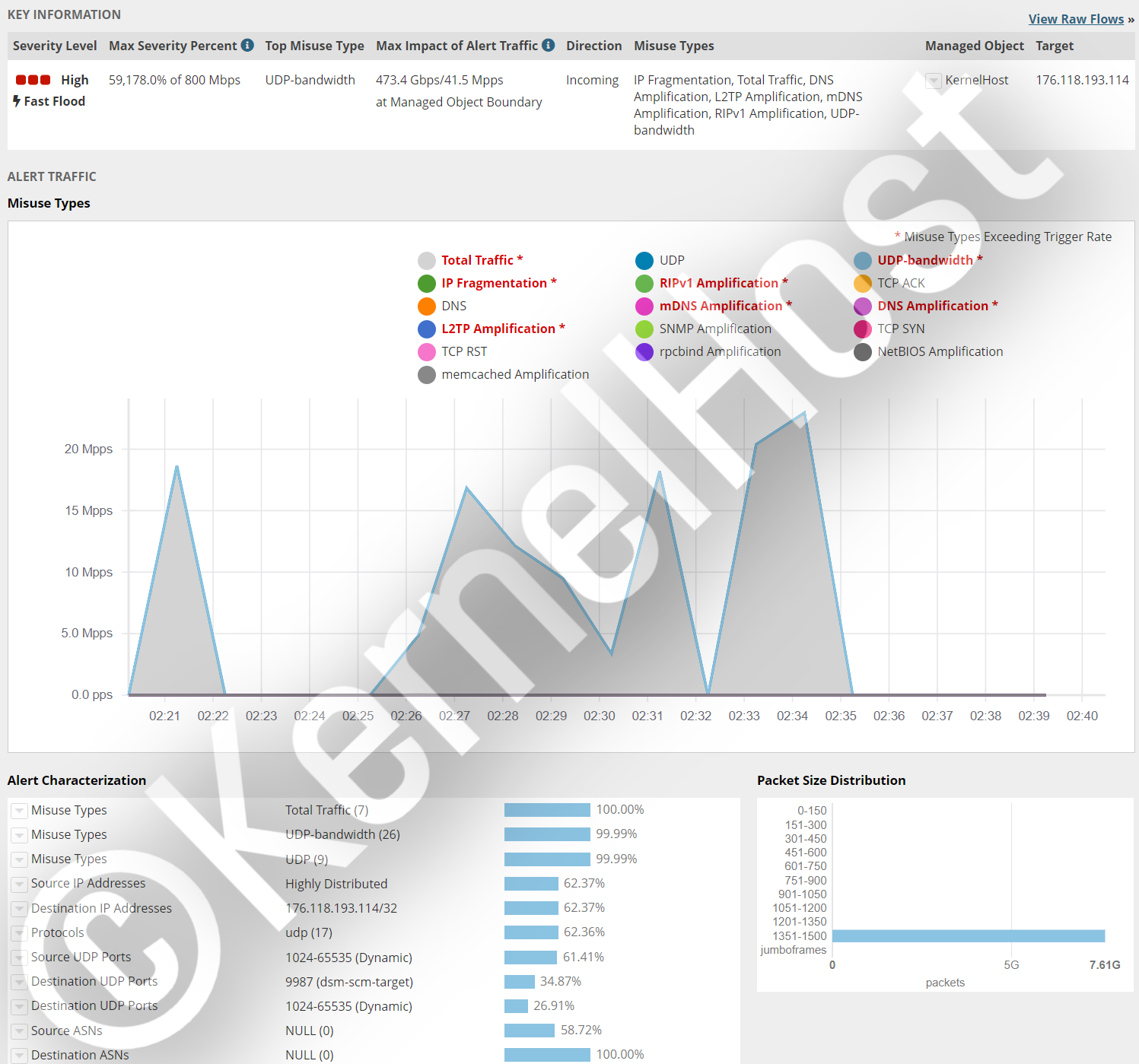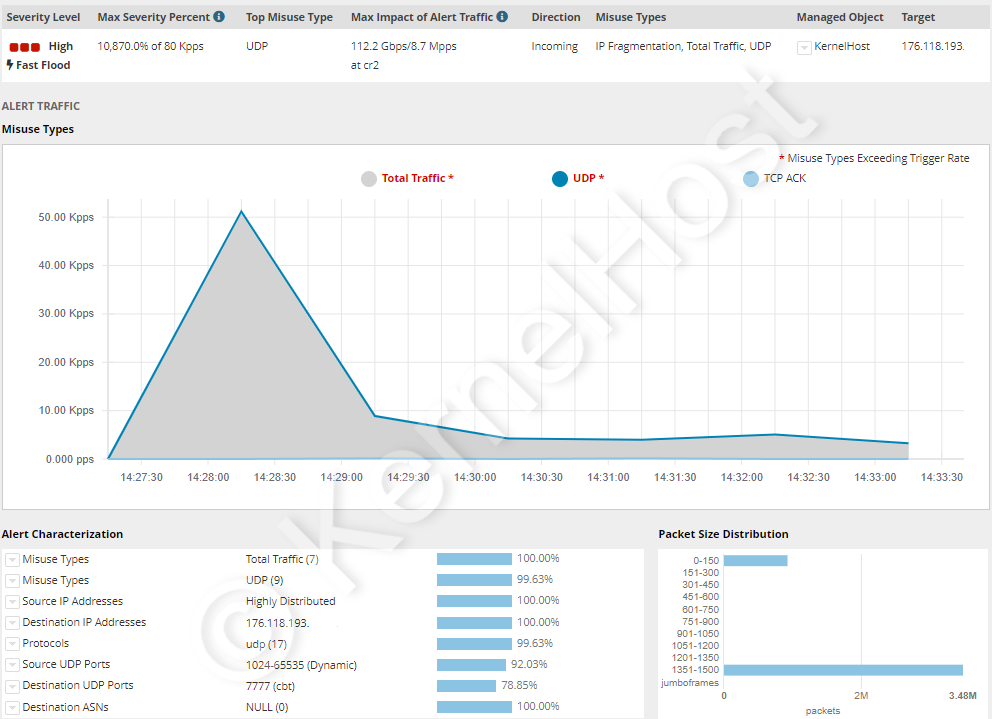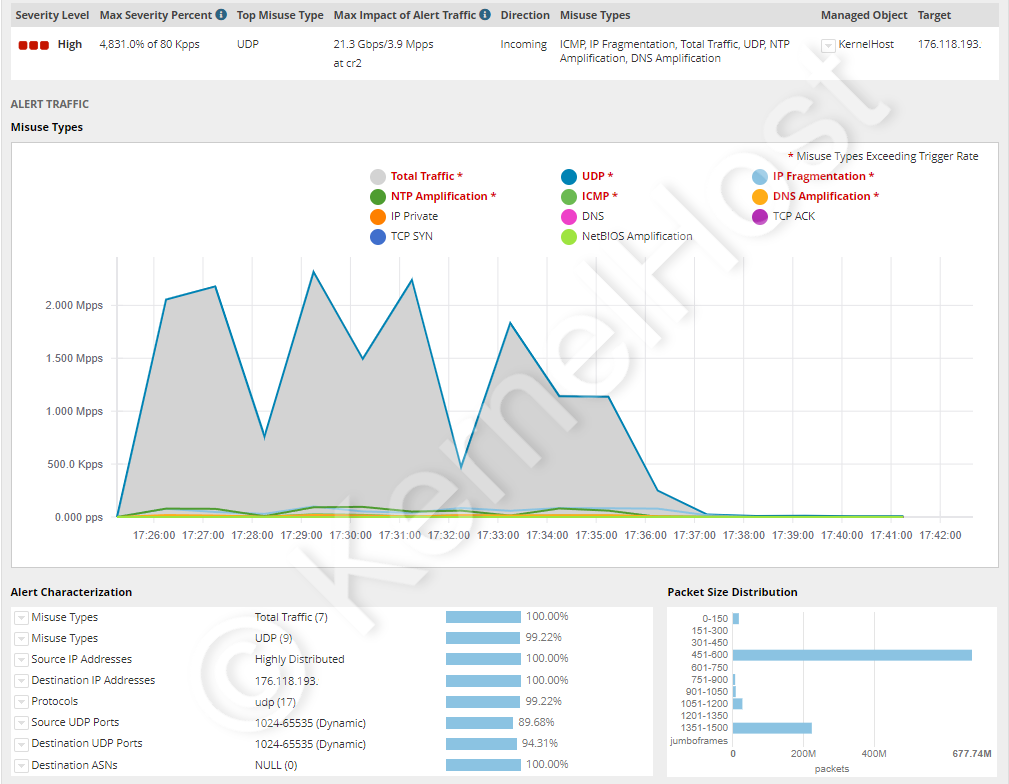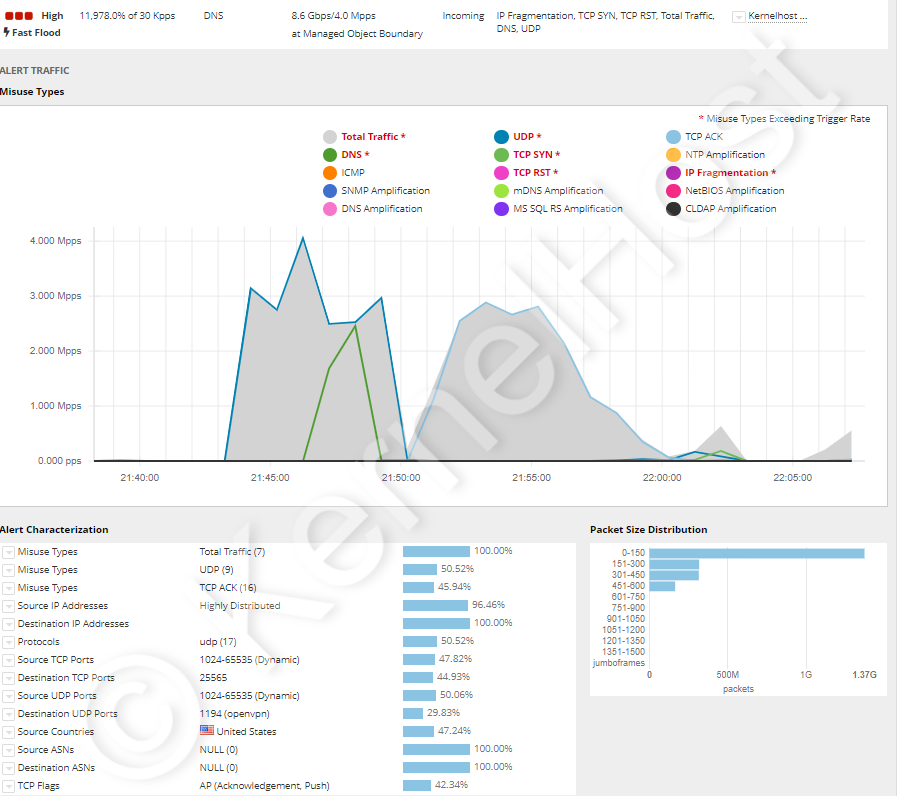What is a DDoS attack?
A DDoS (Distributed Denial of Service) attack is a type of cyber attack in which a large number of compromised computers, known as bots, are used to flood a target website or network with traffic in an attempt to overwhelm it and make it unavailable to legitimate users. DDoS attacks are often coordinated and carried out by hackers or malicious actors who want to disrupt the target's online operations or take it offline as part of a larger attack or political campaign.
DDoS attacks are highly effective because they use multiple compromised computers to generate a large amount of traffic, which can be difficult to defend against. In a typical DDoS attack, the attacker will first infect a large number of computers with malware that allows them to be remotely controlled. These infected computers are often called bots, as they can be used to carry out automated tasks on behalf of the attacker.
The attacker will then use the bots to send a flood of traffic to the target website or network, overwhelming its servers and making it difficult or impossible for legitimate users to access the site. This can cause the website or network to crash or become unresponsive, disrupting the target's online operations and causing significant inconvenience or damage.
DDoS attacks can be difficult to defend against, as they often involve a large number of different IP addresses and can be difficult to differentiate from legitimate traffic. In order to protect against DDoS attacks, we provide our real-time filtering DDoS protection which is permanently active.
Despite these defenses, DDoS attacks remain a significant threat to online security, as they are relatively easy to carry out and can have a significant impact on the target. As a result, organizations and individuals need to be aware of the risks of DDoS attacks and take steps to protect themselves from this type of threat.
Why does my server get attacked by a DDoS?
There are several reasons why people may carry out DDoS (Distributed Denial of Service) attacks on servers. Some common reasons include:
-
Revenge or retaliation: Some people may carry out DDoS attacks on servers as a way to get back at other individuals or organizations. For example, a person who feels that they have been unfairly treated by a company or government agency may use a DDoS attack to take the server offline and disrupt the organization's operations.
-
Competition or rivalry: In some cases, people may carry out DDoS attacks on servers as a way to gain an advantage over their competitors or rivals. For example, a company may launch a DDoS attack on a competitor's server in order to disrupt their operations and gain a competitive advantage.
-
Extortion or blackmail: Some people may use DDoS attacks to extort or blackmail organizations or individuals. For example, a hacker may threaten to launch a DDoS attack on a server unless the organization pays them a ransom.
-
Mischief or vandalism: In some cases, people may carry out DDoS attacks on servers simply for the thrill or to cause disruption. For example, a group of teenagers may launch a DDoS attack on a popular website just for the sake of causing chaos and causing other users to lose access to the site.
Overall, DDoS attacks on servers are a serious problem, as they can cause significant disruption and inconvenience for organizations and individuals. It is important for organizations and individuals to take steps to protect themselves from DDoS attacks and to report any incidents to the appropriate authorities.
What can I do to avoid a successful DDoS attack on my server?
To avoid a DDoS (Distributed Denial of Service) attack, you can take the following steps:
-
Use a reputable DDoS protection service: One of the best ways to protect against DDoS attacks is to use a reputable DDoS protection service. Our DDoS protection from KernelHost offers the best way of real-time filtering system so your server does not get any downtime.
-
Monitor your network for unusual activity: To detect a DDoS attack early, you should regularly monitor your network for unusual activity. This can help you identify an attack before it causes significant damage, and give you time to take action to mitigate it.
-
Implement a response plan: To deal with a DDoS attack effectively, you should have a response plan in place. This plan should outline the steps you will take to identify and mitigate the attack, and should involve key stakeholders who can help you respond to the attack.
Overall, there is no foolproof way to prevent a DDoS attack, but by taking these steps and being proactive about your network security, you can reduce the chances of an attack being successful and minimize the impact if one does occur.
What is an amplification DDoS attack?
An amplification DDoS attack is a type of DDoS (Distributed Denial of Service) attack that uses a network amplification technique to increase the amount of traffic that is sent to the target. In a typical DDoS attack, the attacker uses a large number of compromised computers, known as bots, to flood the target with traffic, overwhelming its servers and making it unavailable to legitimate users.
In an amplification DDoS attack, the attacker uses a network amplification technique to increase the amount of traffic that is sent to the target. This is typically done by using spoofed requests that appear to come from the target's IP address, and sending these requests to servers that are configured to respond to them with large amounts of data. Because the responses are much larger than the original requests, the attacker is able to generate a much larger amount of traffic than they would be able to generate using the bots alone.
Amplification DDoS attacks can be highly effective, as they can generate a large amount of traffic in a relatively short amount of time. This can make it difficult for the target to defend against the attack, and can cause significant disruption and damage. To protect against amplification DDoS attacks, organizations and individuals can use DDoS protection services, which can filter and redirect traffic, and block spoofed requests from reaching their servers.
What are spoofed IP addresses and why are they effective for DDoS attacks?
Spoofed IP addresses are IP addresses that have been falsified or altered in some way, so that they appear to be coming from a different source than they actually are. In the context of DDoS (Distributed Denial of Service) attacks, spoofed IP addresses are often used to make it appear that the attack traffic is coming from the target's own IP address, rather than from the attacker's bots.
Spoofed IP addresses are effective for DDoS attacks because they can make it difficult for the target to defend against the attack. By making it appear that the attack traffic is coming from the target's own IP address, the attacker can confuse the target and make it more difficult for them to identify and block the attack traffic. This can allow the attacker to overwhelm the target's servers with traffic, and make it difficult or impossible for legitimate users to access the site.
To protect against DDoS attacks that use spoofed IP addresses, organizations and individuals can use DDoS protection services, which can filter and redirect traffic, and block spoofed requests from reaching their servers. In addition, they can use techniques like source address validation to ensure that only legitimate traffic is allowed to reach their servers, and to prevent attackers from using spoofed IP addresses to launch DDoS attacks.
Some practice cases from our DDoS protection with real-time filtering and no single downtime:
Target software: Teamspeak3 - Voiceserver
Target port: 9987 (UDP)
Description: Complex DDoS attack with various complex attack structures and an attack capacity of over 473.4 Gbps, as well as over 41.5 million pps (packets per second), successfully and immediately filtered in real time without downtime.

Target software: ARK - Gameserver
Target port: 7777 (UDP)
Description: DDoS attack with only a normal UDP flood as attack structure (no complex attack structures), but with an attack capacity of over 112.2 Gbps (due to the simple attack structure, however, "only" over 8.7 million packets per second) successful and immediately filtered in real time without downtime.

Target software: Everything ("All-Port-Attack")
Target ports: 0-65535 (TCP/UDP)
Description: Complex DDoS attack with over 12 different main attack patterns with the aim of attacking all applications and open ports (regardless of whether they are open or closed). With a total of over 21.3 Gbps and over 3.9 million packets per second targeted to all ports. Also filtered successfully and immediately in real time without downtime.

Target software: Minecraft & OpenVPN
Target ports: 25565 (TCP) & 1194 (UDP)
Description: Complex DDoS attack with over 16 different main attack patterns, as well as over 4 million packets per second (over 8.6 Gbps attack), filtered successfully and immediately in real time without downtime.

Do you have a vServer / root server and would like to have more performance? Then a look at our range of root servers couldn't hurt!
With the discount code "KernelHost-Tutorials" you also receive a 10% discount (permanent) on your tariff!
More details:
Hardware: https://www.kernelhost.com/en/hardware
Datacenter: https://www.kernelhost.com/en/datacenter
DDoS-Protection: https://www.kernelhost.com/en/ddos-protection
PrePaid: https://www.kernelhost.com/en/prepaid
Didn't the instructions help you? You can contact us here via ticket! We're here to help.
© KernelHost.com - Re-posting these instructions on your website is not permitted.

